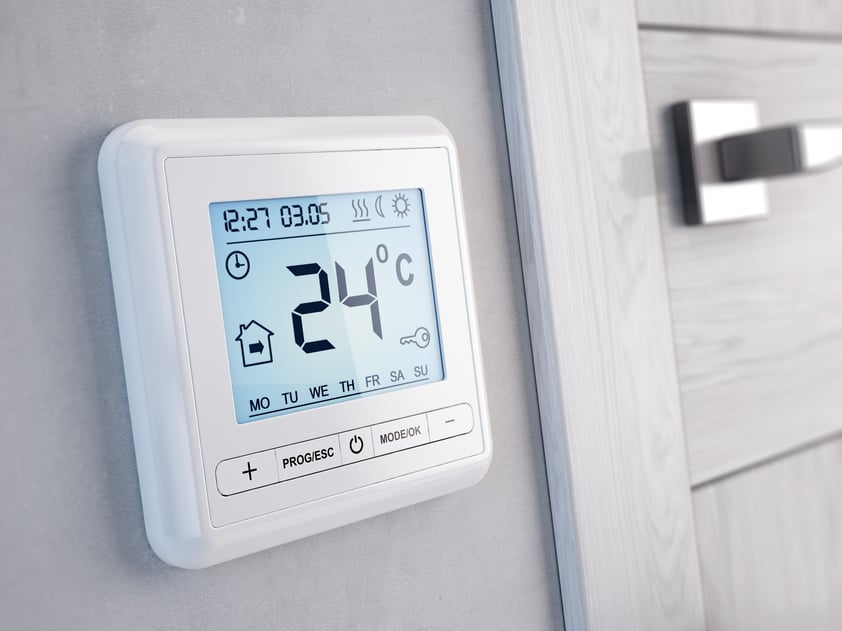
We have all seen those ridiculous internet images of chocolate chip cookies cooking on the dashboard of a car. But how ridiculous is that really? We all know that feeling when we climb into our hot summer car – seats scorching our legs, steering wheel unbearable to the touch, hot air blowing from the A/C unit. Now imagine how constant exposure to high temperatures and humidity could affect your laser performance.
On a regular basis, the laser is put through countless grueling hours of usage and strain. Over time, natural wear and tear is to be expected; however, a laser is susceptible to its environment. Without properly monitoring temperature and humidity fluctuations, these factors can shorten your laser’s lifespan, or even ruin your results.
Luckily, those settings can be easily monitored and controlled inside your laboratory. All you need is a little initiative and these four tips:
1. First, whether you are setting up new instruments or have existing equipment, don’t place your instrument near heaters, cooling ducts, or in direct sunlight. Fluctuations in temperature between day and night are just as harmful as those caused by poor indoor regulation.
2. Laboratory room conditions require a constant, regulated state of control for quality assurance. The temperature and humidity in laboratories are often set with operator comfort in mind, but don’t be fooled. It’s not about you. It should be about your instruments’ optimization. For most sequencers, the acceptable temperature range is between 15 and 30 °C. The acceptable range for relative humidity is between 20 and 80% noncondensing.
3. Whether you use an argon, solid-state laser or a halogen bulb, keep the temperature as stable as possible. Laboratory room temperatures are known to fluctuate, but the 3730 DNA Analyzer, for example, can only tolerate a maximum change of less than 3 °C per 24 hours. Be watchful.
4. Temperature and humidity not only affect the laser, but also the integrity of the samples and the accuracy of the measurement. To produce reliable, stable results, ongoing maintenance is needed.
To prevent premature failure and a costly replacement in your laser, the simplest solution is well within reach – your thermostat. Now if we could just find a solution for curly hair….

